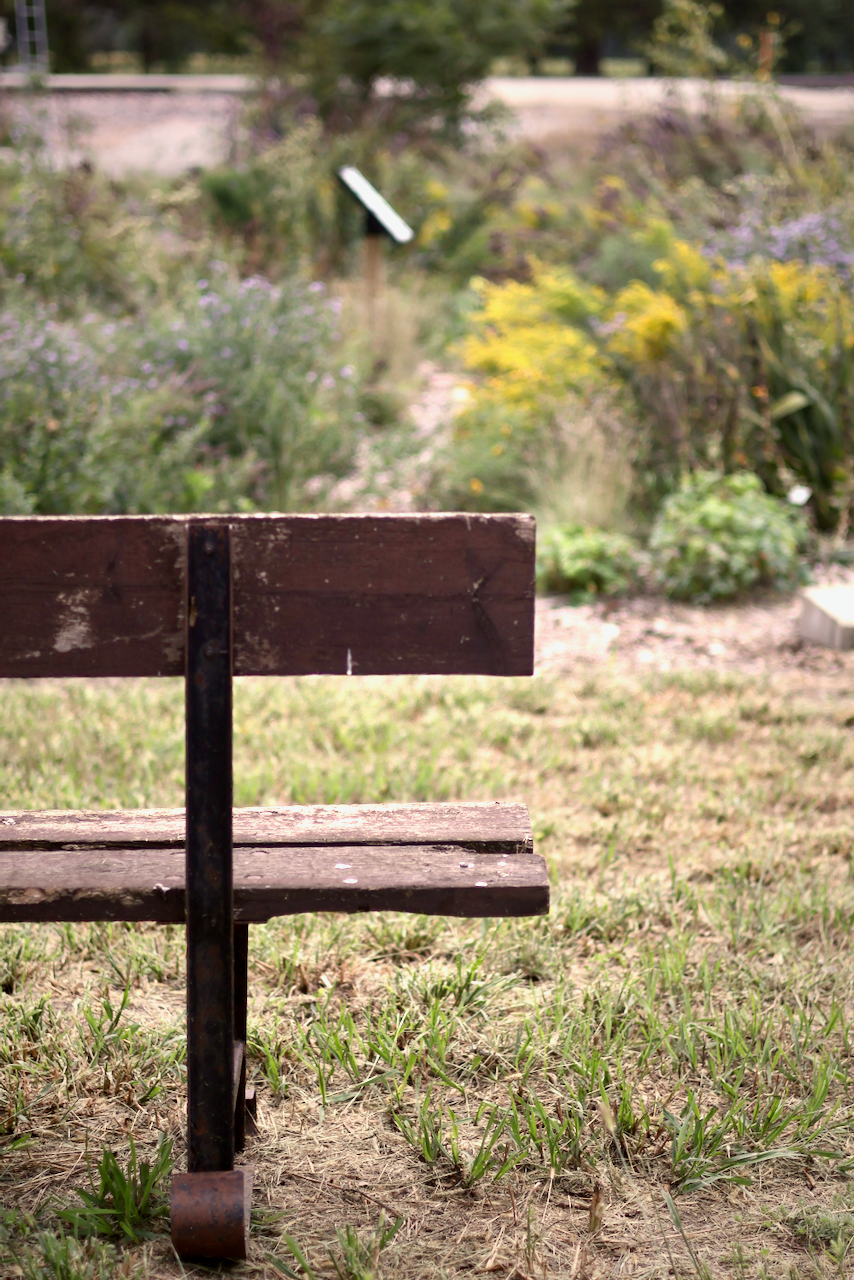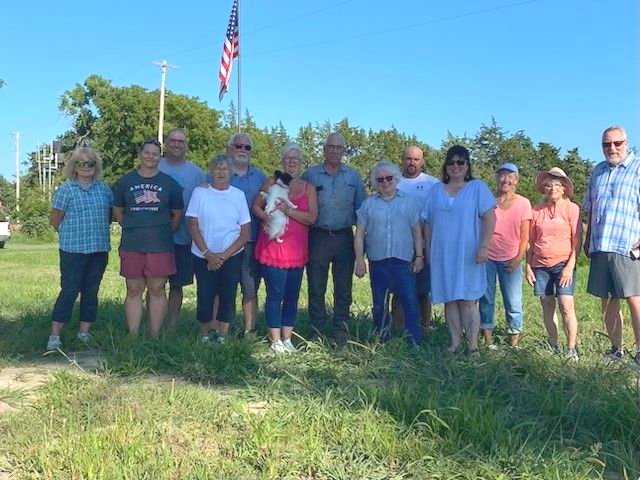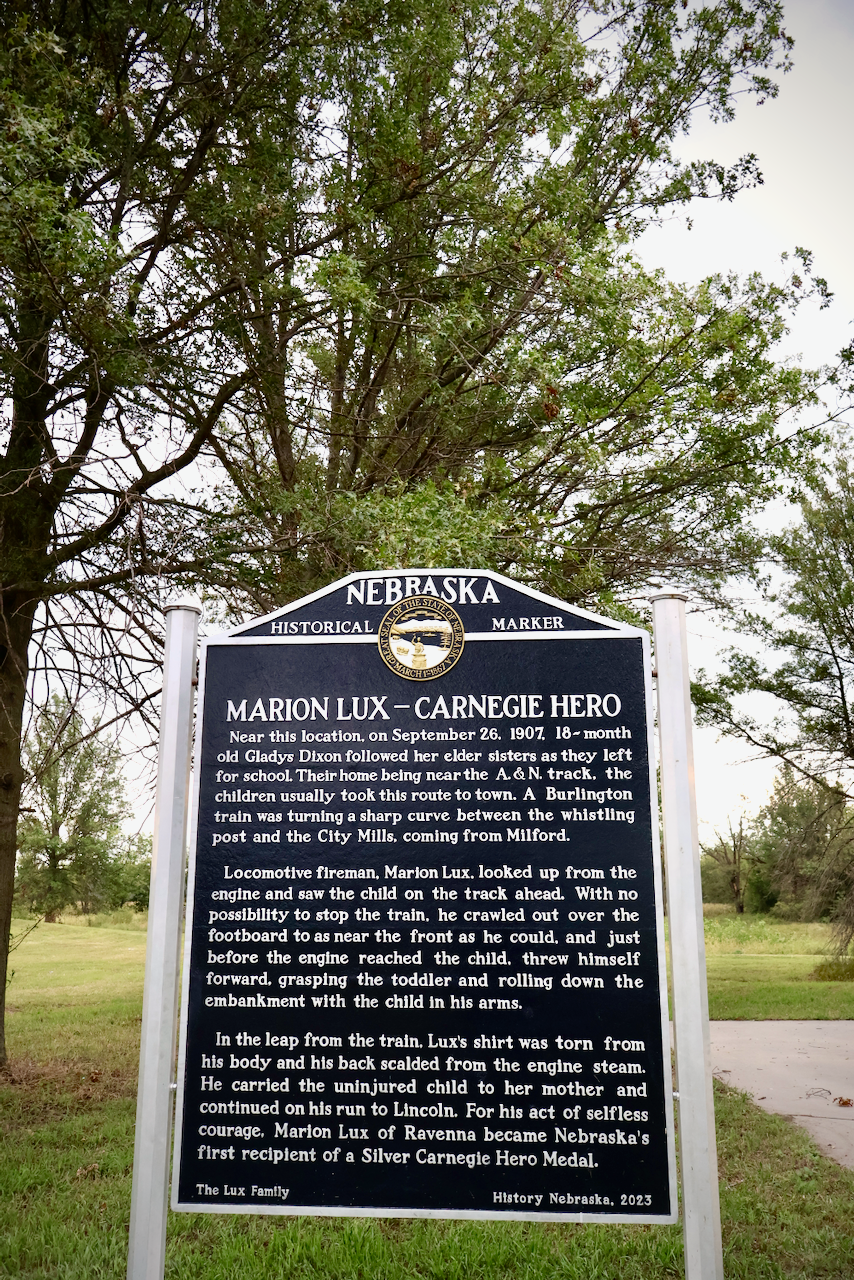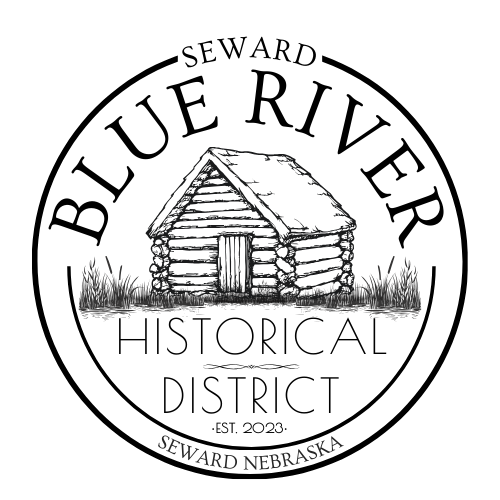Our Board &
Contributors
Our Board of Directors provides strategic leadership and guidance to preserve Seward Blue River's heritage. Each member brings unique expertise and a shared commitment to safeguarding our historic district.
Duff Campbell
Pat Coldiron
Steve & Sharon Hambek
Marty Nissen
Nick Popple
Ed & Carol Zak
Contributors
Clark & Diane Krieser- Log Cabin
John & Janice Heath- 5 acres of land
Andy & Dee Hartmann- Land Preparation & Development
Anderson Construction- Rebuilding & Construction
Gerhold Concrete-Cabin Foundation/Historic Marker Installation
Krieser Drywall- Insulation & Drywall
Tieken House Moving- Moving Log Cabin
Donna Rios & Family- Historical Marker
Hughes Brothers- Log Cabin Framework
Progressive Sheet Metal- Signage
Pollinator Alliance of The Heartland- Pollinator Plants
Seward Volunteer Fire Dept.- Building Removal
Seward VFW- Tree/Brush Removal
Bobbie Arnt- Flag and Pole & Arboretum Research
Walmart- Grant for Culvert
Nebraska Equipment- Equipment
Brock’s Pots- Portable Toilets
Seward Co-op- Tire Removal
Additional Land Preparation
Duff Campbell
Lee Doehring
Steve Hambek
Dave Leising
Nick Popple
Marty Walter
Ed Zak
The Horticulture Crew
Lori Anderson
Marty Nissen
Deb Van Steenhoven
Melanie Walter
Transcription
Becky Campbell
Additional Contributors
Toben Beck
The Burr Oak Boys
Denise Christensen
Linda Graff
Clark & Linda Kolterman
Dave & Sherri Liesing
Stan Lindhorst
Chuck & Jan Matzke
Shannon & Ali Meyer
Gary Rolf
Michelle & Todd Ulicny
Jen & Jim Van Haute
Jeanne & Verle Wiemer
Scott Willet



Organization
Overview
Our Mission
The Seward Blue River Historical District is a nonprofit organization formed to facilitate the restoration and preservation of a historic log cabin and other historic items. Our extended goal is to share this history with our community and visitors, and use this site for educational purposes.
The Story
(Taken from County Records)
In 1866 Louis Leibrock entered upon and made settlement in the fall (one of the first settlers in what became H Precinct) and built a house thereon “of logs 17x19 feet with one door and three windows.” He also built a stable, granary, corn crib and set out 20 fruit trees. He was married with three children. He received his homestead certificate in 1873 (the 132nd). Louis Leibrock was born in Bavaria, and his wife in Illinois. By 1885 the family had grown to include seven children. In 1880, the Leibrocks sold a portion of the property to the German Evangelical Lutheran Immanuel Church of Middle Creek for $1. Louis Leibrock died in 1890, the result of a horse falling on him. Jane and the family remained on the farm, but ran into financial problems. The place was sold at a sheriff’s sale with Wilhelm Luebbe taking possession in December 1897. Several years ago the present owner stated that they would like to give this significant part of the county’s history to Seward to preserve and share this story. And so, another chapter in history has begun!
Creating The Working Structure
In 2022, a group of volunteers applied for and received the
501(c)(3) status. This allows for tax deductions and makes the group eligible to apply for grants. It was officially listed both federally and statewide as The Seward Blue River Historical District, and has a working board of directors for guidance and setting policy.
Profile
This project has proven to be an extraordinary example of collaboration of an extraordinary number of people contributing time, talent, and resources to build a lasting legacy for their community! As this project develops, it has become clear that this site will tell the story of the early settlers, the Ponca Tribes’ forced trek through Seward County, the history of the Tallgrass Prairie-native species and pollinators, the evolution of agriculture in the Blue River Valley and its impact worldwide, and notable historic actions!
Join the effort to preserve Seward’s history
Support the Seward Blue River Historical District by volunteering, donating, or spreading awareness to protect our shared history.
Your involvement helps maintain historic landmarks and educates future generations about the region’s rich past.

